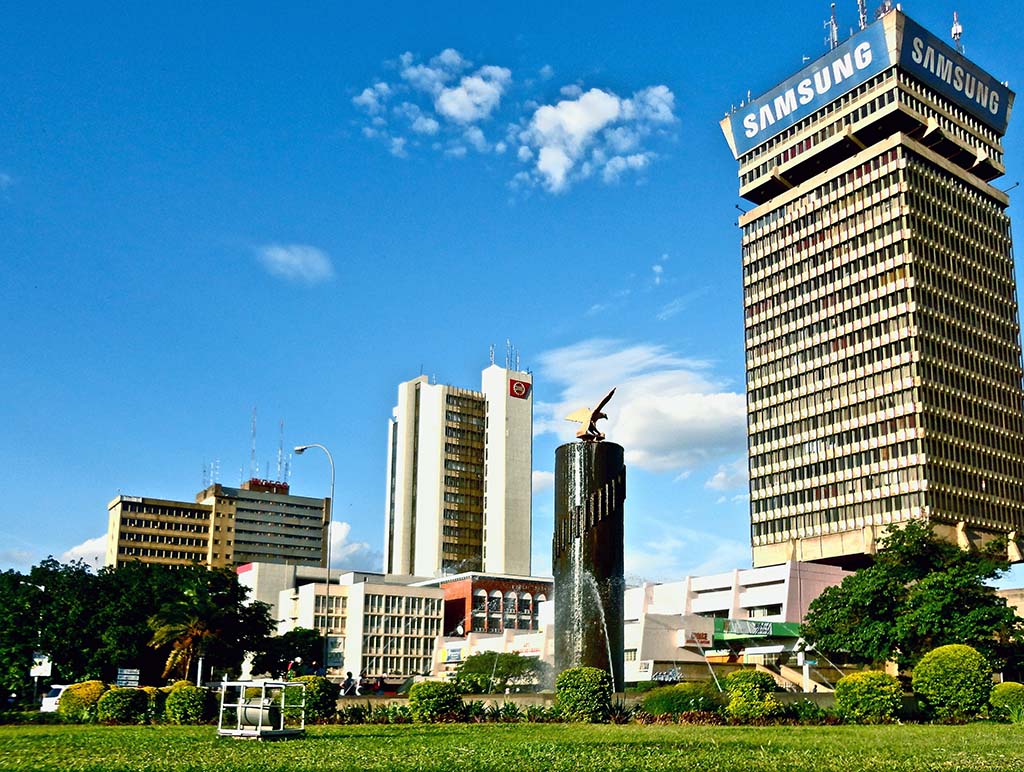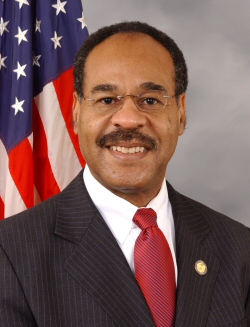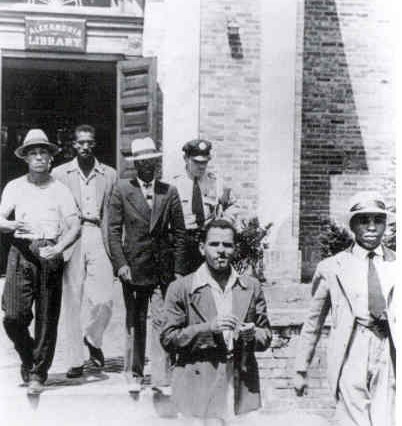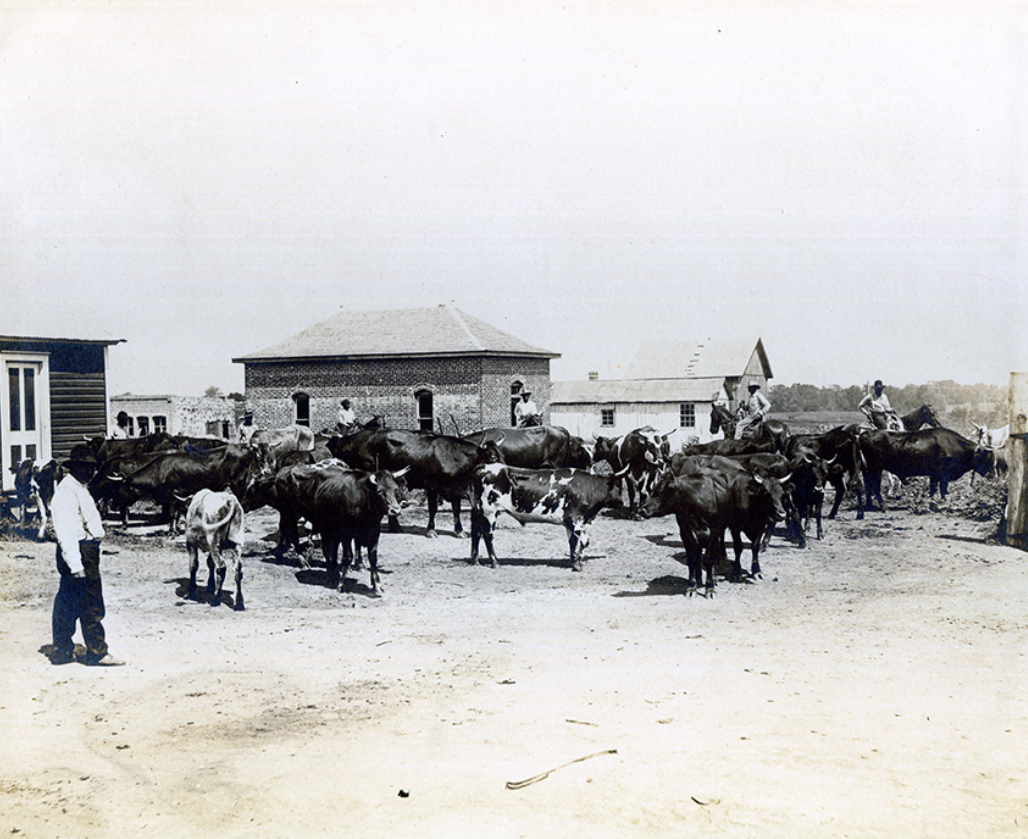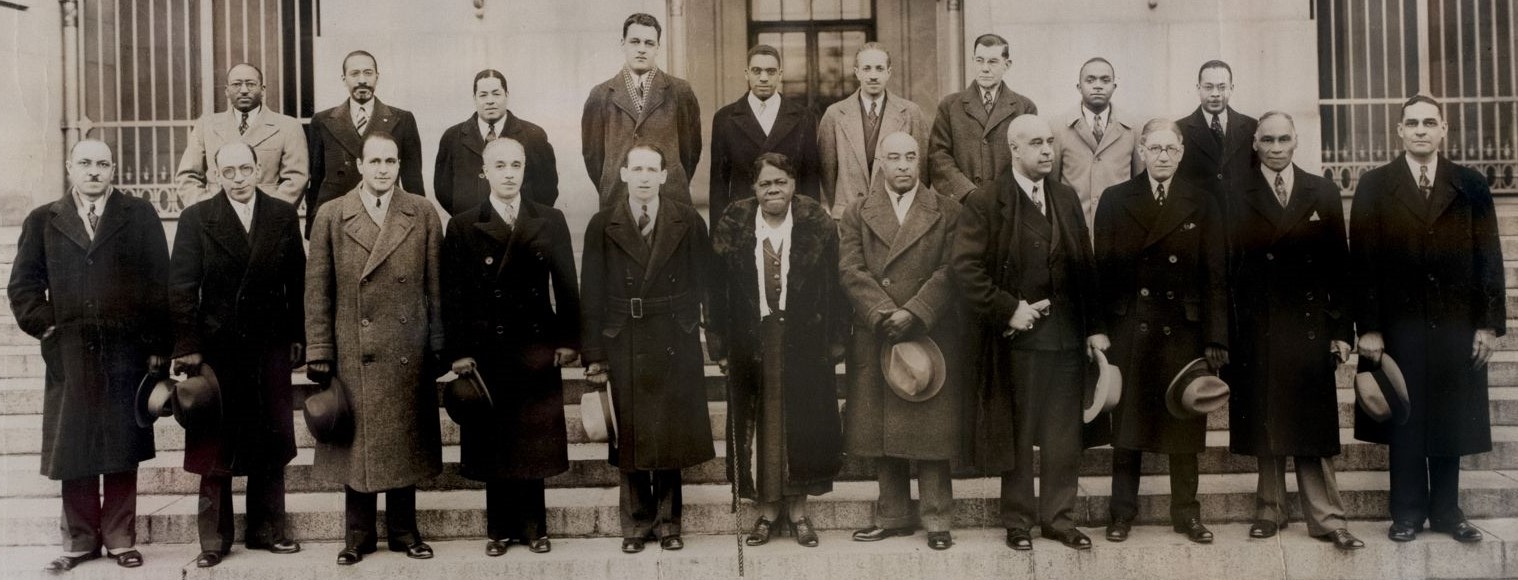Lusaka is the largest city in the Republic of Zambia with a population of 1.8 million. It serves as Zambia’s capital and the country’s commercial center. The city is located in the agricultural region of central Zambia and is connected through train and road to all major parts of the country.
The British government founded Lusaka in 1913 as a remote outpost for British administrators and farmers. The Soli People were the original inhabitants of the land but in the 1890s the British South African Company seized the territory which had been called “Lusaaka” in honor of the old Soli state.
In 1935 Lusaka became the capital of what was now the Northern Rhodesia Colony. Capital-designation brought major development and infrastructure to the city. The British colonial government commissioned John A. Hoogterp, a South African, to build the city’s Government House and other major administrative buildings. Trees were planted alongside the streets, and houses with lawns were constructed to accommodate new white settlers. This new green foliage earned Lusaka the nickname the “Garden City.”
The majority of Lusaka’s residents were European or Asian. Indigenous Africans who worked in the city were forced to live in compounds on the outskirts of town or immediately next to their place of employment. Their wives and children were not allowed to live with them or accompany them into the city. The racial hierarchy of Lusaka emphasized white authority and black inferiority in a colony where blacks outnumbered whites ten to one.
By the time Zambia gained independence in 1964, indigenous Africans were allowed to live in the city but mostly in slums. Upon independence the new Zambian government built “council-houses” to accommodate black residents, many of whom worked for the government or in the copper industry. Public utilities were installed and these houses represented a vast improvement compared to homes built for blacks during the colonial era.
Lusaka’s population doubled from 123,146 in 1963 to 262,425 in 1969. In 1966, the University of Zambia opened in the city to educate all residents of Zambia.
By 1966 Lusaka had emerged as the center of anti-colonial resistance for Southern Africa. The city became a safe haven for African nationalists who organized independence movements in neighboring Zimbabwe, Mozambique, Angola, and South Africa. In 1969 Lusaka hosted the Fifth Summit Conference of East and Central African States. At this meeting the Lusaka Manifesto on Southern Africa was signed condemning the presence of colonial regimes in Southern Africa. From the early 1970s through the mid-1980s the African National Congress (ANC), South Africa’s major anti-apartheid organization, was headquartered in Lusaka.
Lusaka is Zambia’s largest city. It produces textiles, shoes, processed foods, and cement. It is home to many notable institutions such as the Zambian National Assembly Building, the Lusaka National Museum, the Mulungushi International Conference Center, the Kenneth Kaunda International Airport, and the University of Zambia. The city, governed by a mayor and city council, faces modern-day issues of urban blight and massive unemployment typical of most African capitals.


